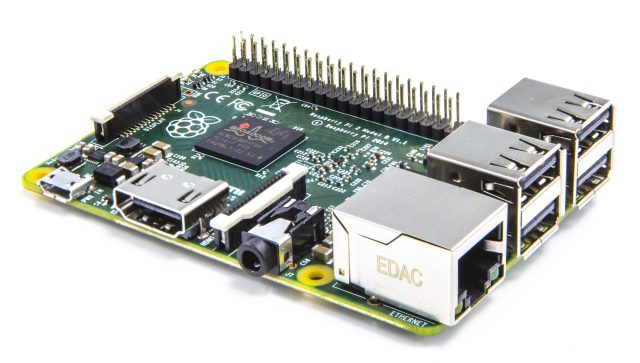



Now you can find your Pi’s serial number, which is needed to buy an MPEG-2 codec licence for your Pi (this licence will be tethered to your Pi). Next, mount the hard disk and link it to a folder called recordings: sudo mkfs.ext4 /dev/sda -L storage If your hard disk has also lived a former life, wipe and format it with fdisk and then reboot. sudo apt-get update & sudo apt-get -y upgrade The login credentials are osmc/osmc: change these as soon as possible via the passwd command. Update OSMC and its apps in the usual way, over SSH. You can even enter your WiFi details during the install so the Pi is ready to go once it’s booted. Better yet, it’s a cinch to install: download the installer and it’ll set up your SD card automatically. Essentially, it’s easy to use and easy to modify and add to. We chose OSMC as the basis for the PiTV, as it incorporates the popular Kodi front-end (albeit in skinned form) with a full Raspbian back-end. We therefore based our project around a 3A powered USB hub: plenty of headroom. However, with this TV tuner taking up to 500mA, an old laptop hard disk sucking 1A and the Pi itself consuming up to 800mA, we worried about brownouts if we powered everything from the Pi. The TV tuner used in this project can be bought online. The PiVR is based around a Pi 3, both for its processing power and the current it can feed to USB devices. The full article can be found in The MagPi 51 and was written by Clive Webster. There’s nothing here to scare a Pi novice, and plenty to please the experts.

The secular festival of Good Telly Season is just around the corner, so what better time to make a PVR that does everything? From recording TV shows to streaming favourite films from your NAS to playing tunes from your smartphone, a PiVR can do everything apart from virtual reality: the name’s a little misleading like that.īetter still, your PiVR only uses USB devices and requires a few fairly basic terminal commands to get running.


 0 kommentar(er)
0 kommentar(er)
